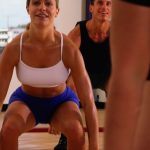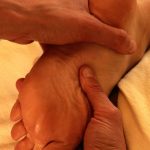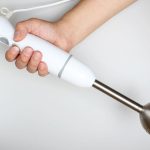
They might be too young to abuse opioids themselves, but America’s kids are suffering nonetheless because of their drug-dependent parents. New research shows more than 600,000 American parents with kids under 18 are addicted to opioids. That amounts to almost 1% of parents of minors, most of whom aren’t getting treated, the study found. In addition, about 4 million parents have substance abuse problems, such as alcoholism. Many in both camps have mental ills as well. “For parents, the opioid crisis is also a mental health crisis,” warned study author Lisa Clemans-Cope. “The co-occurrence of opioid use disorder and behaviors that signal suicide risk is a national emergency for families.” Clemans-Cope is a principal research associate with the Urban Institute’s Health Policy Center, in Washington, D.C. Linda Richter, of the Center on Addiction in New York City, said addiction increasingly threatens the American family. “Addiction is an intergenerational disease,” said Richter, who wasn’t involved in the study. “Few children living in homes with parents who have an opioid use disorder grow up unscathed.” Researchers reviewed results of the U.S. National Survey of Drug Use and Health conducted between 2015 and 2017. They identified roughly 44,500 parents living with children under 18. Their responses were then used to generate national estimates. The study found that only a third of addicted parents are getting the care they… read on >
















